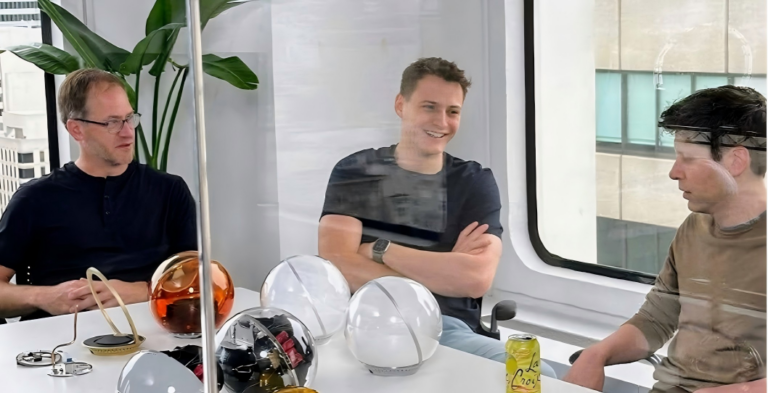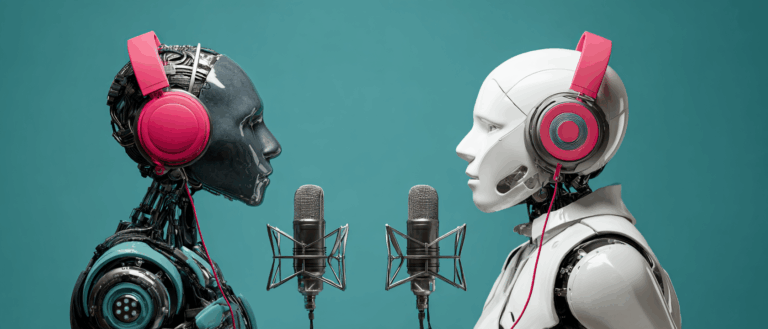Command Palette
Search for a command to run...
If You Are Drunk, You Can Find out by Taking a Walk With Your smartphone.
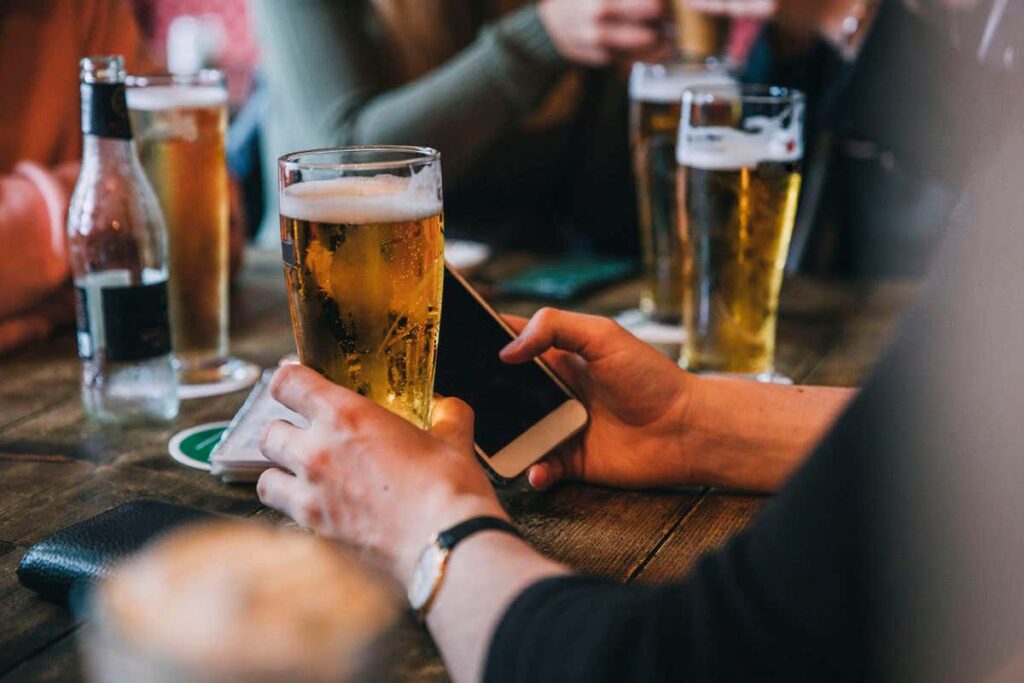
A research team from Stanford University and the University of Pittsburgh recently published a study on using smartphones to detect drunkenness, using gait characteristics to detect corresponding blood and breath alcohol concentrations. In the future, you can use your phone to test whether you have drunk too much.
"You've had too much to drink."
"I'm not drunk."
There is no need to say more about whether you have drunk too much or not. Just take your mobile phone and walk for a few steps, and you can tell.
This is the latest research result from a research team from Stanford University and the University of Pittsburgh.They used sensors and accelerometers in smartphones to detect intoxication.In a trial with 22 volunteers, an accuracy of 92.5% was obtained.
Drinking is fun, but drunkenness is harmful
There is a saying in China that "no wine, no banquet". I believe many people are familiar with China's drinking culture. Every time there is a banquet or gathering, people will always be urged to drink.

Although drinking alcohol can bring pleasure to people, whether it is a small drink or a large drink, it will not make you happy, but will only harm your body and easily cause various accidents due to drunkenness.
According to a WHO survey report,Alcohol kills 3 million people worldwide every year.Harmful use of alcohol accounts for 5.1% of the global burden of disease.
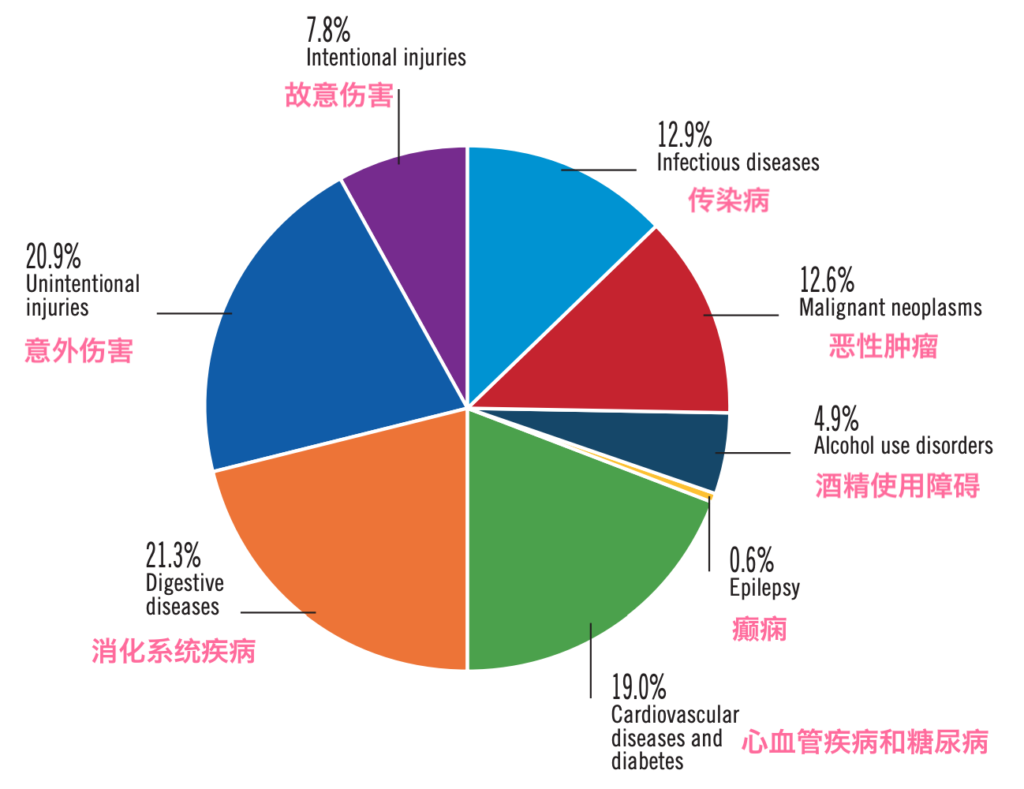
also,Traffic accidents caused by drunk driving accounted for nearly 30%,In the first half of 2019 alone, there were 7,512 non-fatal traffic accidents caused by drunk driving.
Brian Suffoletto, the lead researcher at the University of Pittsburgh School of Medicine, now works in the Department of Emergency Medicine at Stanford University School of Medicine. He said that a good friend of his in college died in a drunk driving accident. And he has seen too many adults sent to the emergency department for alcohol poisoning over the years.
Therefore, he believes thatIt is important to have real-time information about alcohol poisoning to help people reduce their drinking and prevent drunk driving.For nearly a decade, he has been working on digital drinking interventions to prevent injuries and deaths caused by excessive drinking.
Take your phone and walk in a straight line to detect whether you are drunk
Currently, the detection of drunkenness generally relies on conventional methods such as breathalyzers or blood draws, but these require professional equipment and the participation of professionals.
Brian Suffoletto hopes to use the tools around him for detection. He said: "Nowadays, wherever we go, we carry powerful sensors (smartphones) with us. Therefore, we need to learn how to use them to best serve public health."
Recently, his team published a new study in the Journal of Studies on Alcohol and Drugs. "A Preliminary Study Using Smartphone Accelerometers to Sense Gait Impairments Due to Alcohol Intoxication",A method for detecting intoxication using a smartphone is introduced.
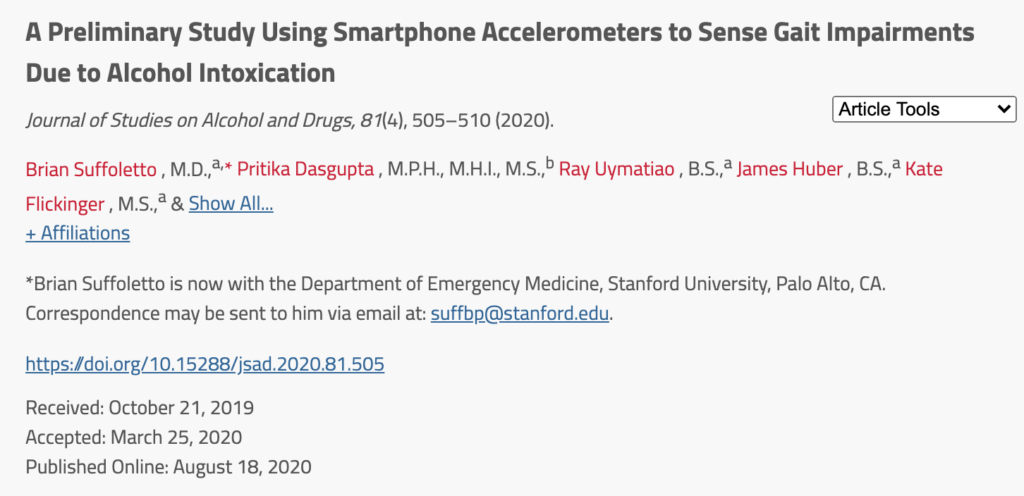
This study focused on the association between blood alcohol concentration (BAC) and breath alcohol concentration (BrAC) and gait characteristics.
Step 1: Subjects drink alcohol
In the second half of 2018, Suffoletto's team recruited 22 adults aged 21 to 43 as volunteers for a controlled laboratory study.
The 22 volunteers were asked to abstain from alcohol, other psychotropic drugs and caffeine within 24 hours before the study.
Then, during the experiment,The volunteers drank a specific dose of vodka and lime juice within an hour.These doses are calculated to achieve BrAC = 0.20% (0.2 mg of alcohol per liter of breath).

The reason for confirming that the volunteers' BrAC can reach 0.2% isThis is because throughout the United States, driving with a BrAC exceeding 0.2% is considered a crime.
Step 2: Gait and alcohol concentration data sampling
After drinking, the volunteers performed a walking test every hour.The researchers measured their walking data and breath alcohol concentration and blood alcohol concentration.
Before the experiment, the researchers had attached a smartphone to each participant's lower back.Volunteers will be instructed to walk 10 steps in a straight line on a flat, carpeted surface, then turn around and walk back to the starting point.
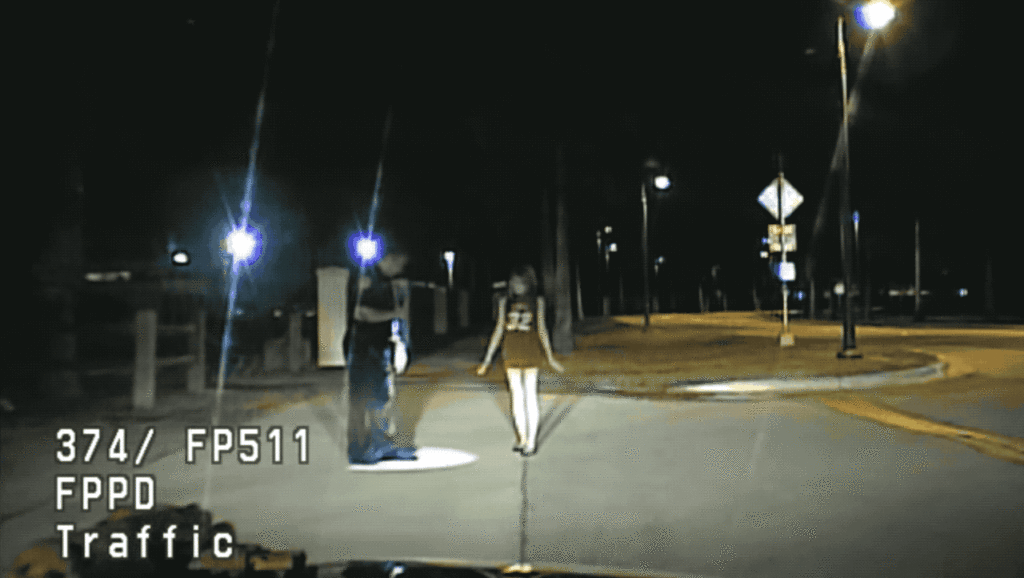
The research team used a mobile app called phyphox to record accelerometer data and then extracted gait features.
As volunteers walked,The smartphone's sensors and the app measure data in three directions: x, y, and z (left and right, front and back, and vertical).
An important strength of this study is that they found that a high level of accuracy could be achieved using a logistic regression model. This allowed them to examine the relative contribution of individual gait features in the model (something that is not directly possible using machine learning).
in,They found that the amplitude and variance along the phone's x-axis (the x-axis represents the side-to-side sway during walking) were key predictors.

Another advantage of this study is that it only used walking samples of 10 steps, which are easy to collect in daily natural environments.
Results: Using gait changes to measure drunkenness, the accuracy rate is 92.5%
The results of the study showed thatThe researchers were able to use gait changes to determine when participants' breath alcohol concentrations exceeded the legal limit of 0.081 TP3T in the United States with an accuracy of 92.51 TP3T.
Note: According to the laws of most states in the United States, an adult is considered drunk if his or her blood alcohol concentration exceeds 0.08%, and driving with a blood alcohol concentration exceeding 0.2% is illegal.
However, due to the small sample size and limited number of gait data points, it is less certain whether gait characteristics can distinguish low-level alcohol consumption when BrAC is 0.08% or lower.
In addition, in the study, the mobile phone was fixed under the back. But in general, people put their mobile phones in their pockets, so it is unknown whether this will affect the test results.
However, the research team said that the next step will be to test this setup in more realistic environments, such as with the phone in a pocket or in a crowded bar corridor.
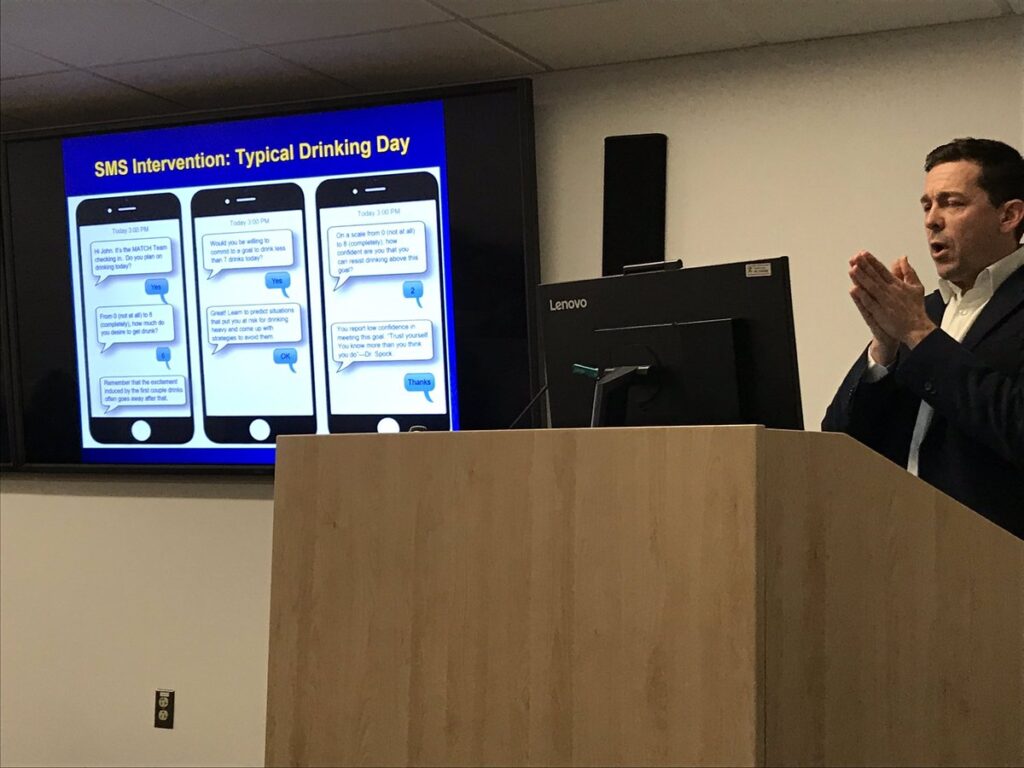
Despite these limitations, the research team said this "proof-of-concept study" still laid the foundation for future research on using mobile phones to detect alcohol impairment.In the future, this technology can be used in scenarios such as driving behavior monitoring, precision instrument operation, and alcohol dependence treatment.
If this research develops maturely enough, smartphones can directly replace traditional alcohol concentration detection tools, which will greatly save manpower and material costs.
What’s more important is that if you get drunk, you don’t have to wait for the traffic police to check you, because your smartphone may have already sounded an alarm before you sit in the driver’s seat, notifying your relatives and friends to pick you up.

References:
https://www.jsad.com/doi/pdf/10.15288/jsad.2020.81.505https://www.sciencedaily.com/releases/2020/08/200818094030.htm
-- over--

